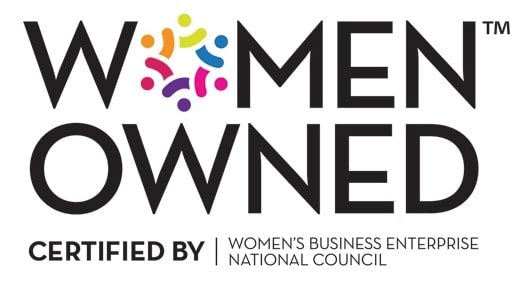
How Nature Improves Mental Health: Earth Day Reflection
April is a time to recognize and celebrate the many ways individuals on the autism spectrum experience and engage with the world.

Carlie Manto, LPC
In the ever-evolving world of work, the shadow of burnout can cast a long spell. This article is your guide into the intricate web of factors contributing to burnout. We’ll explore its origins, unravel its stages, and equip you with strategies to prevent and overcome it. As we embark on this journey through the realm of occupational burnout, let’s uncover practical insights to cultivate a healthier, more robust work environment.
Causes of Burnout:
Burnout, a pervasive challenge, has diverse roots, each playing a crucial role in impacting an individual’s well-being. The common culprit is workload, where the strain of relentless hours exceeds mental and physical capacities. Control, a linchpin, hinges on one’s ability and resources to navigate professional responsibilities efficiently.
Reward, a double-edged sword, extends beyond compensation to the acknowledgment of hard work. Community, emphasizing a sense of belonging, and fairness, entailing considerate treatment and effective communication, also contribute. Values, often underestimated, take center stage, aligning personal morals and introducing the concept of moral injury—internal conflict when one knows what’s right but feels hindered by systemic shortcomings.
Five Stages of Burnout:
1. Exciting Beginnings:
Ever started a new job or project and felt that surge of excitement? That’s the honeymoon stage, where everything feels fresh and full of promise.
2. Reality Check:
Imagine a “check engine light” moment at work. The awakening stage hits when you realize the workload is reaching an unsustainable level, like your job sending you signals.
3. Quicksand Phase:
We’ve all been in a work slump – feeling tired, detached, and maybe putting things off. Welcome to the slowdown, a lengthy stage akin to navigating through career quicksand.
4. Critical Crossroads:
Picture hitting a wall in your professional journey. It’s decision time – do you keep pushing or take a pause? Dr. Maslach suggests viewing yourself as an endurance athlete, ready for the long haul.
5. Rising from the Ashes:
After facing the challenges, the phoenix rebirth phase emerges. It symbolizes a fresh start. To avoid burnout in the future, think work-life balance, regular self-care, setting boundaries, and building a strong support network.
Understanding the causes and stages of burnout is pivotal for those seeking enhanced efficiency and a life lived to the fullest. With this awareness, both employees and employers can collaboratively shape a work environment prioritizing well-being and resilience. As we navigate the complex terrain of occupational burnout, let’s champion a collective commitment to fostering workplaces where individuals not only survive but thrive, rising above the ashes of burnout.
Author, Carlie Manto, LPC, is a licensed professional counselor distinguished for her expertise in executive function coaching, ADHD, and cognitive rehabilitation. With a focus on compassionate and evidence-based therapeutic practices, she is dedicated to promoting mental health and well-being.

April is a time to recognize and celebrate the many ways individuals on the autism spectrum experience and engage with the world.

April is a time to recognize and celebrate the many ways individuals on the autism spectrum experience and engage with the world.

I often work with individuals and families grappling with the difficult reality of seeing a loved one return to a toxic relationship.

All Rights Reserved: © 2024 Center for NeuroWellness | Privacy Policy
Website Powered by Resolution Promotions

All Rights Reserved: © 2025 Center for NeuroWellness | Privacy Policy
Website Powered by Resolution Promotions